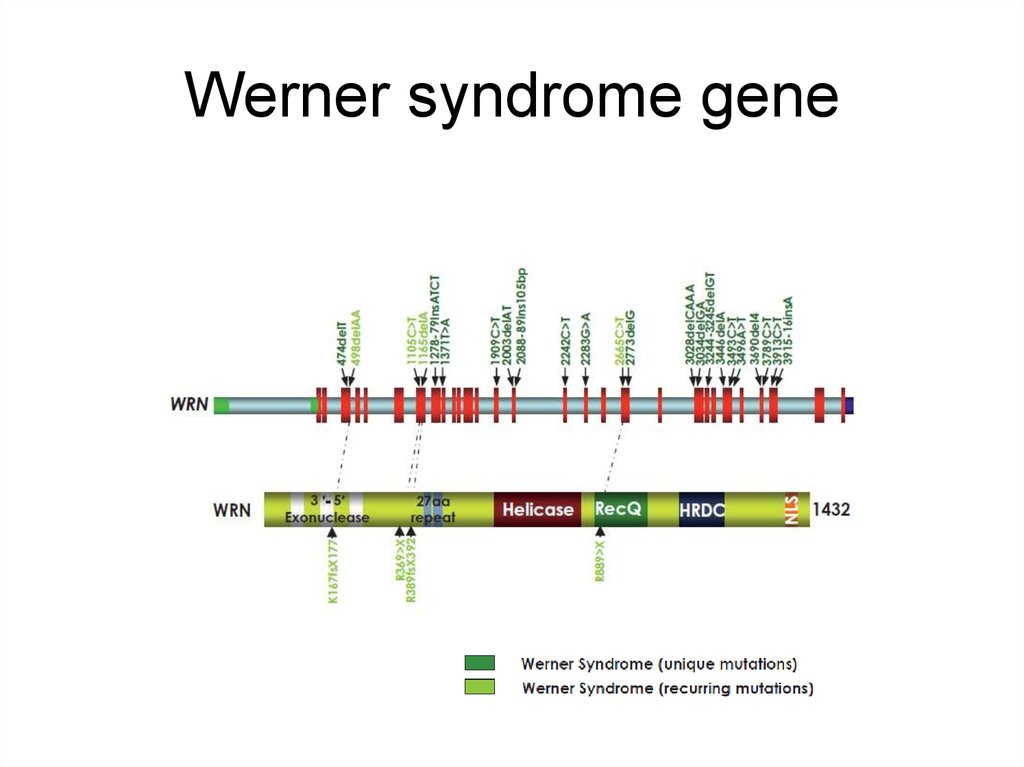Werner Syndrome is a rare genetic disorder that is inherited in an autosomal recessive pattern. This means that individuals with Werner Syndrome have mutations in both copies of the WRN gene. The WRN gene provides instructions for producing a protein that helps maintain the stability of the cell’s DNA. When both copies of the gene are mutated, the protein cannot function properly, leading to the characteristic features of Werner Syndrome.
The pedigree chart of Werner Syndrome typically shows a pattern of inheritance consistent with autosomal recessive traits. In this chart, affected individuals are usually siblings or cousins, as they inherit two copies of the mutated gene from their carrier parents. The chart may also show consanguinity, or the mating of individuals who are closely related, which increases the likelihood of inheriting two copies of the mutated gene.
Pedigree Chart Of Werner Syndrome
Implications for Genetic Counseling
Understanding the pedigree chart of Werner Syndrome is crucial for genetic counseling. By analyzing the family history and identifying affected individuals, genetic counselors can assess the risk of passing on the mutated gene to future generations. They can also provide information on genetic testing, reproductive options, and potential treatments for individuals with Werner Syndrome.
